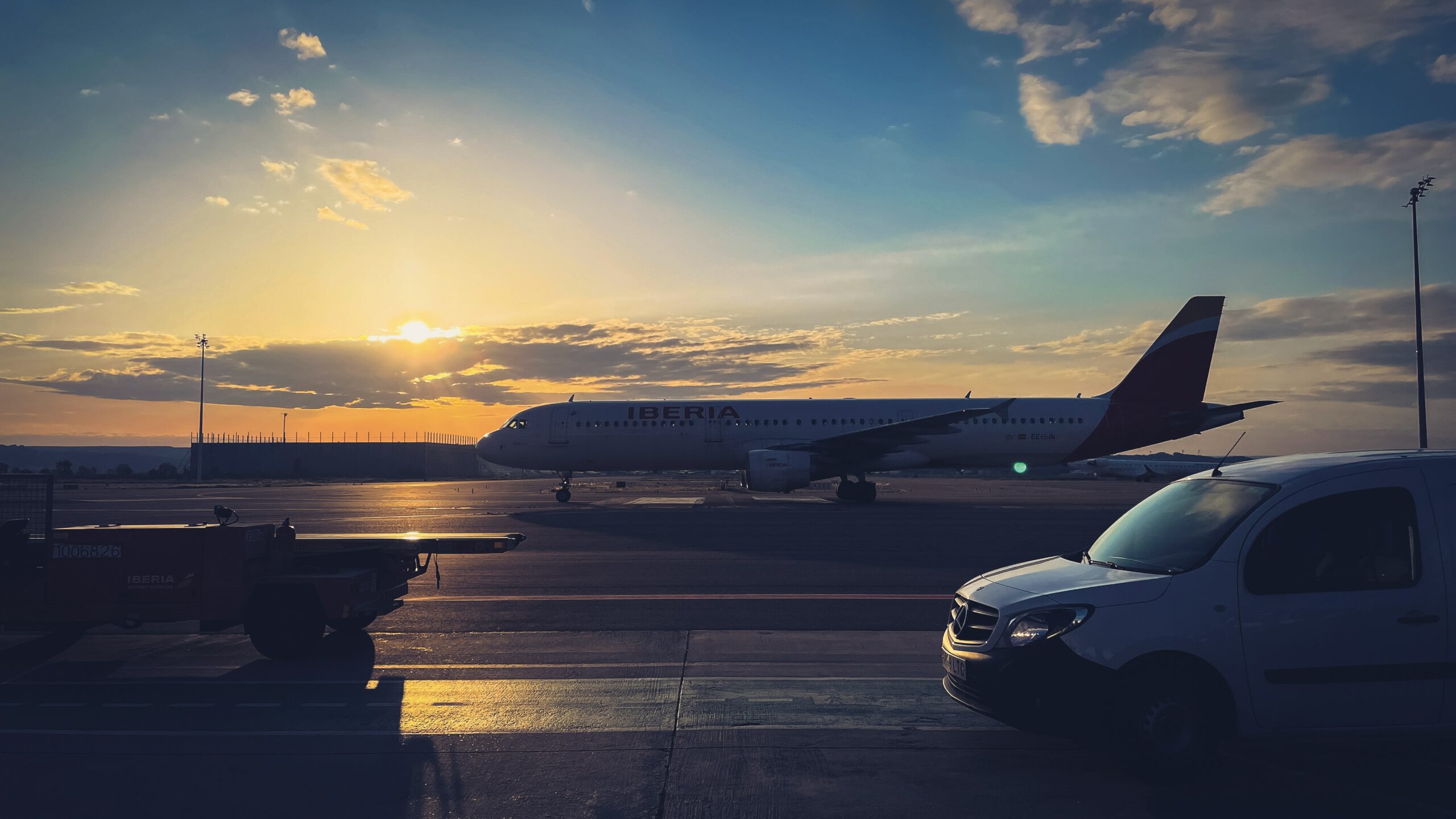The General Directorate of Taxes has addressed the comparison between the concepts of improvement and repair in relation to the amount of capital gains in Personal Income Tax (IRPF) at the time of the sale of a property. This is evidenced in its binding consultations (V0229-23) dated February 13, 2023 and (V0349-23) dated February 20, 2023.
In the case of the transfer of capital assets, the capital gain or loss is established as the difference between the acquisition and disposal values of such assets, following the provisions of articles 35 and 36 of the Personal Income Tax Law, depending on whether the transfer is onerous or lucrative. Specifically, in onerous transfers, the acquisition value will include the actual amount of the purchase, as well as the investments and improvements made in the property, together with the expenses and taxes inherent to the acquisition (excluding interest) that were covered by the purchaser.
In this context, it is indisputable that the term “improvement” is not explicitly contemplated in the IRPF regulations. However, the Resolution issued by the ICAC on March 1, 2013, concerning the recording and valuation of tangible fixed assets and real estate investments, in its section 2.3, defines “improvement” as the set of activities that cause a modification in an element of the fixed asset, increasing its previous productive efficiency. In addition, the same section provides a definition for the term “expansion”, which implies the incorporation of new elements to the fixed asset to increase its productive capacity.
In contrast, repair and maintenance expenses will not be considered part of the acquisition value, despite the fact that Article 13 of the RIRPF makes reference to them. This article, which deals with allowable deductions for real estate capital yields, includes repair and conservation expenses as deductible concepts, and provides specific details on their scope. For this purpose, they will be considered as repair and conservation expenses:
- Disbursements made periodically to maintain the ordinary use of tangible assets, such as painting, plastering or repairing facilities.
- The costs of replacement of elements, such as heating systems, elevators, security doors and the like.
Amounts intended for expansion or improvement will not be deductible under this category.
Based on this premise, the General Directorate of Taxes reaches the following conclusions in the binding consultation (V0229-23) of February 13, 2023:
“(…) those expenses intended to maintain the functionality and useful life of the property will be considered as repair and conservation expenses, while those that result in a greater capacity, habitability or useful life of the property will be considered as extensions or improvements.
As a result, the actions carried out on the property by the consultant will be classified as improvements or extensions, if applicable, and will be considered in the calculation of the acquisition value of the property sold. On the other hand, conservation or repair expenses will not be taken into account in such calculation”.
It is important to note that the nature of these actions, their authenticity, date and cost are matters of fact, the verification of which can be made by any legally acceptable means of proof, in accordance with the provisions of Article 106 of the General Tax Law.
B Law & Tax International Tax & Legal Advisors.
“En B LAW&TAX somos especialistas en asesoramiento fiscal internacional tanto a empresas como para particulares. Si desea ampliar la presente información, estaremos encantados de poder atenderle en el 917817194 o en info@blaw.es”



